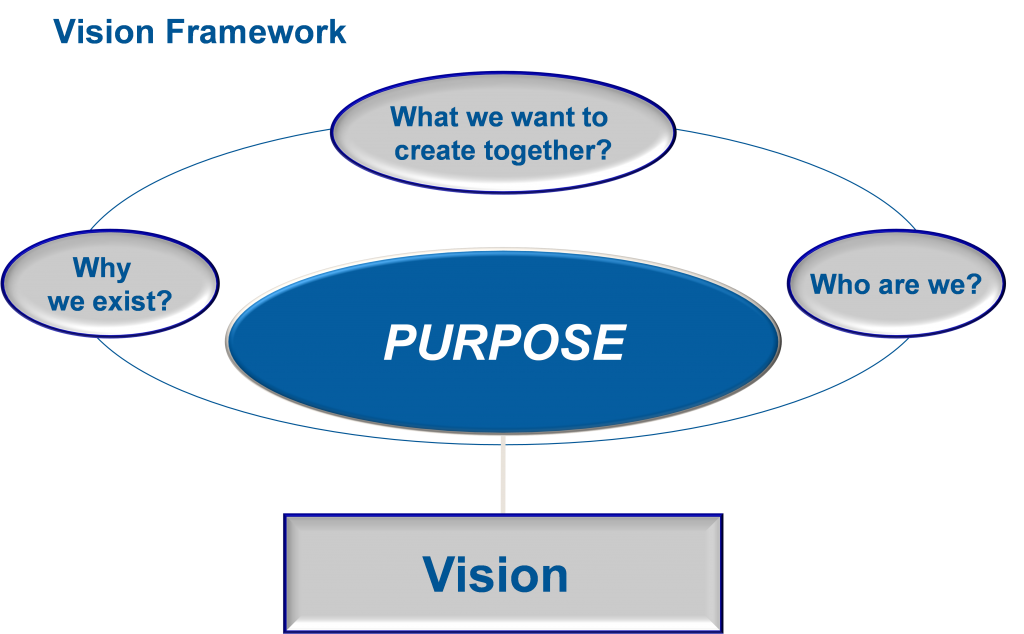I wish I had a dime (or dollar) for every time a potential client came to us wanting to transform their organization from:
- Tactical to strategic, or
- Reactive to proactive, or
- Cost focused to value focused, or
- A cost center to a profit center, or
- A to staff function to a competitive advantage, or
- ………….
In other words, they are looking for a CHANGE . . . . but more than just a step change. The type of change that is needed also requires an attempt at changing the culture they are operating in, which is no small task. The first question we are always asked is, how do we get started? Well, any attempt at change requires that you have a clear understanding of where you are going. In other words, what is your vision for the future? I know what you are thinking – a vision? Really? ABSOLUTELY!
Have you ever tried to get build a budget or a house or get to new destination without a plan or roadmap on how to get there? The answer may be “yes” but I guarantee that the journey was harder and took longer. So why not take the time up front to chart out where you are going AND how to get there. This is the purpose for developing a vision. It sounds like a simple enough exercise but if your vision is meant to be the foundation under which you lead an entire organization, you need to make sure that EVERY word counts.
Here is why developing a vision is important:
- Gives the organization direction and a common goal
- Defines a “desired” future state
- Creates an identity for the organization
- Defines the customer needs you intend to satisfy
- Capabilities you intend to develop
- Should capture what you really care about
- Helps to clarify your unique value add
- Defines who you ARE (and NOT)
A vision needs to stretch expectations and describe the future that you are committed to pursue.
Here are some simple rules to follow when developing your vision:
- Must be a vivid, idealized description of a desired future state
- Noble, lofty and worthy of a person’s commitment
- Exciting, inspirational and vital
- Cannot be true now BUT should be stated in the present
- NOT limited by current reality OR what is perceived as “possible”
Here is an example of a very famous vision statement:
If you are planning to lead any type of transformational change, you need to let those around you know where you are taking them. For the vision to be impactful it needs to be clearly articulated, understood and embraced by those you are trying to lead. In addition, that vision will drive your strategic objectives, roles & responsibilities, decision processes, change management plan, etc.. The vision will set the tone and direction for your transformation – which is critical.
By the way, even if you are only planning a step change, dusting off your current vision is not a bad idea. If you are the leader of your organization, it is an interesting exercise to meet with your leadership team to see if (a) they can articulate the current vision (b) they can explain what it means to them. This will help you determine whether the vision still makes sense OR if it needs to be updated OR made more visible . . . . .
If you don’t have a current vision it’s not too late and it’s a great way to reenergize your organization. So I ask – Where’s the vision?




6 Comments
Pingback: What Do You Mean I Should Worry About My Suppliers?
Pingback: Selling the Change –Think Like a Sales Person . . . . - News You Can Use
Pingback: Culture Eats Strategy . . . . or Does It? - News You Can Use
Pingback: Could a Stakeholder Analysis have Saved the World Cup? - News You Can Use
Pingback: Are You Looking for Your Next Job? Or an Adventure? - News You Can Use
Pingback: What Makes You Follow the Leader? - News You Can Use